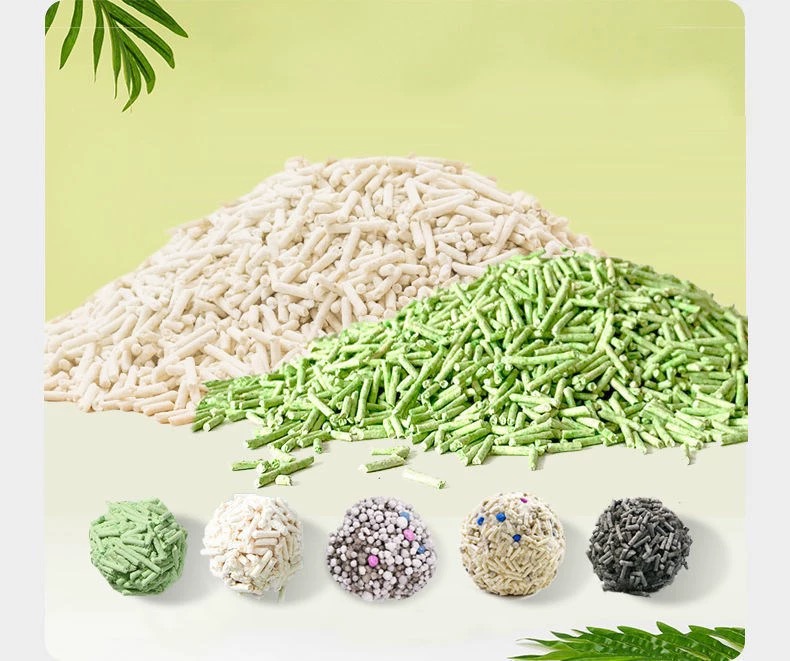In the pet industry, particularly in feline care, cat litter plays a vital role in maintaining cleanliness and hygiene. The production of cat litter involves a series of sophisticated processes, each requiring specialized equipment to ensure efficiency and quality. This article delves into the essential equipment used in a cat litter production line and explores their functions and contributions to the manufacturing process.
1. Raw Material Handling and Processing Equipment
The initial stage in cat litter production involves managing and preparing the raw materials, which can vary depending on the type (clay, silica gel, recycled paper, etc.). Key equipment used in this stage includes:
- Feed Hoppers and Conveyors: These are used for the storage and transportation of raw materials from one process to another, ensuring a continuous flow.
- Mixers: Designed to blend different raw materials uniformly, mixers are essential for obtaining the correct consistency and formulation required for various cat litter products.
- Crushers and Mills: For clay-based litter, crushers and mills are employed to reduce the material to a fine powder, facilitating easier mixing and processing.
2. Forming and Shaping Equipment
Once the raw materials are ready, they need to be formed into the desired size and shape. This is particularly crucial for products like clumping cat litter where uniform granule size is important.
- Granulators: These are employed to create the small, uniform pellets necessary for effective clumping action.
- Compactors: Used to press materials into a unified shape, compactors ensure the durability of the final product.

3. Drying and Conditioning Systems
Proper drying is crucial to ensure the final product maintains its structural integrity and functions effectively.
- Rotary Dryers and Fluid Bed Dryers: These systems are used to remove moisture, resulting in a product that is lightweight and has an extended shelf life.
- Conditioning Chambers: These control the temperature and humidity levels, ensuring the cat litter is at optimum condition before packaging.
4. Screening and Separation Equipment
To achieve a consistent product size, screening and separation devices are used to eliminate fines or oversized particles.
- Vibrating Screens: Facilitate the separation of particles by size, ensuring uniformity in the final product.
- Dust Collectors: These systems help in reducing dust creation, improving both the product quality and the working environment.
5. Packaging Machines
The final step in the production process is packaging, which is critical for product preservation and consumer convenience.
- Bagging Machines: Designed to fill and seal bags of various sizes, these machines are crucial for maintaining product quality and facilitating distribution.
- Labeling Machines: An integral part of the packaging line that ensures each package has the appropriate branding and information.
If you want to know the price of cat litter production line, welcome to consult YUSHUNXIN.
Conclusion
The production of cat litter is a complex process that requires a diverse range of specialized equipment. Each piece of machinery plays a critical role in ensuring that the final product is not only effective and efficient but also safe and environmentally friendly. By understanding the functions of these essential equipment, manufacturers can enhance production efficiency and product quality, ultimately contributing to better living environments for cats and their owners alike. If u want to produce cat litter, please visit:https://www.fertilizerequipmentprice.com/cat-litter-production-line/